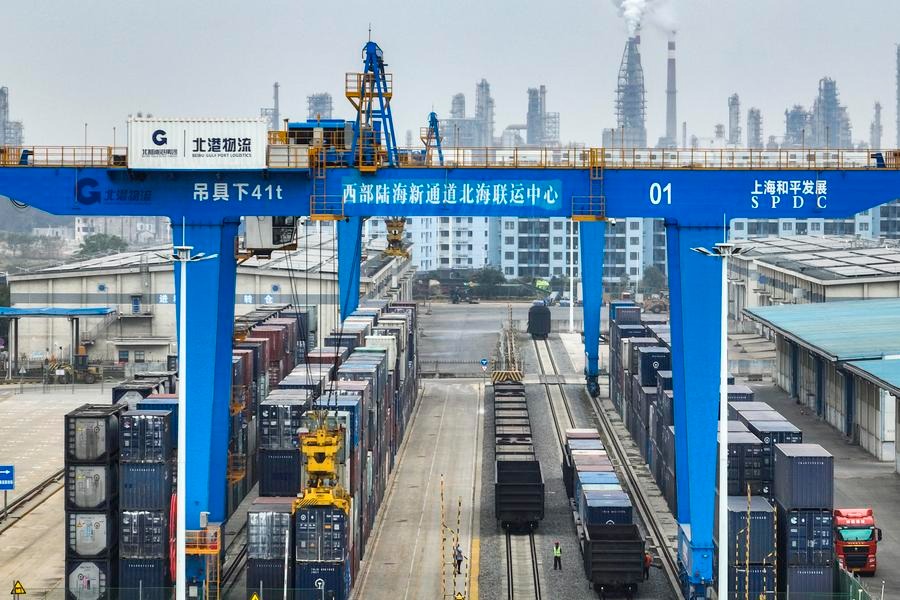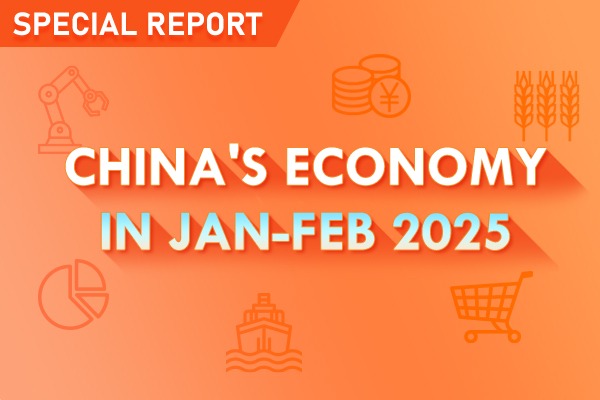Individuals key role in achieving common prosperity


Experts agree that common prosperity is an essential requirement of socialism and an important feature of Chinese-style modernization. They also said the country should promote common prosperity alongside high-quality development. This has significant meaning for China in blazing the right trail and making specific measures for economic and social development in the next chapter of growth.
I'd like to talk about common prosperity from three perspectives: How large is the current income gap in China? What misunderstandings does the public have during the nation's efforts to push for common prosperity and how to overcome these misunderstandings? How should the country strengthen the role of the tertiary distribution in promoting common prosperity?
According to estimates of the National Bureau of Statistics, the Gini coefficient in China increased from 0.389 in 1995 to around 0.46 currently.
As an indicator measuring income inequality among individuals, the Gini coefficient is based on the comparison of cumulative proportions of the population against cumulative proportions of income they receive. It ranges between 0 in the case of perfect equality and 1 in the case of extreme inequality, said the Organisation for Economic Co-operation and Development.
According to World Bank estimates, which are based on an internationally comparable method, China's Gini index was 38.5 in 2016, higher than many countries', including Germany (31.9) and the Republic of Korea (31.4).
World Bank data showed that based on the above comparison, China's income gap is relatively large.
Many people are concerned that reducing the income gap may dampen entrepreneurial enthusiasm for investment and innovation. However, we can see from World Bank data that many countries, such as Germany, Japan, Switzerland and the Netherlands, have highly developed industries and commerce as well as frontier innovation, but the income gap among their citizens is not so onerous. It can be seen that a small income gap does not necessarily lead to a lack of motivation for investment and innovation among business owners.
If we look at China's inequality in terms of assets, we'll find that the proportion of assets of the country's high-asset group-10 percent of the total population-in total assets of Chinese residents increased from 40 percent in 1978 to more than 60 percent in 2015. Meanwhile, the proportion of assets of the low-asset group-50 percent of the total population-dropped from about 17 percent to 8 percent over the same period. The other two features of the income gap are regional and urban-rural differences. The real situation shows us the necessity and urgency of promoting common prosperity.
At the 10th meeting of the Central Committee for Financial and Economic Affairs on Aug 17, Chinese leaders called for efforts to promote common prosperity in the pursuit of high-quality development and to make basic institutional arrangements on income distribution, featuring coordinated primary distribution, redistribution and tertiary distribution.
The concept known as the three distributions was first introduced by Li Yining, a prominent Chinese economist, in the 1990s.
The primary distribution refers to the distribution of wages, profits, etc, carried out by the market in accordance with the principle of efficiency. The redistribution is carried out by the government through taxation and social security expenditures, taking into account the principles of fairness and efficiency while focusing on the principle of fairness. The tertiary distribution taps enterprises and individuals to redistribute their wealth through voluntary donations.
Speaking of the primary distribution, the proportion of labor incomes in total personal incomes has kept falling since 2009, while that of property incomes has increased in China.
Although the primary distribution is mainly aimed at pursuing efficiency, the nation could still make more efforts to raise the minimum wage and establish rational institutions to bring about salary increases.
We learned from international experience that income distribution usually starts to improve when labor shortages occur. As China has entered into a phase of labor shortages, we have seen a fairly rapid salary increase, and it is necessary to guide the income distribution into a virtuous cycle.




































